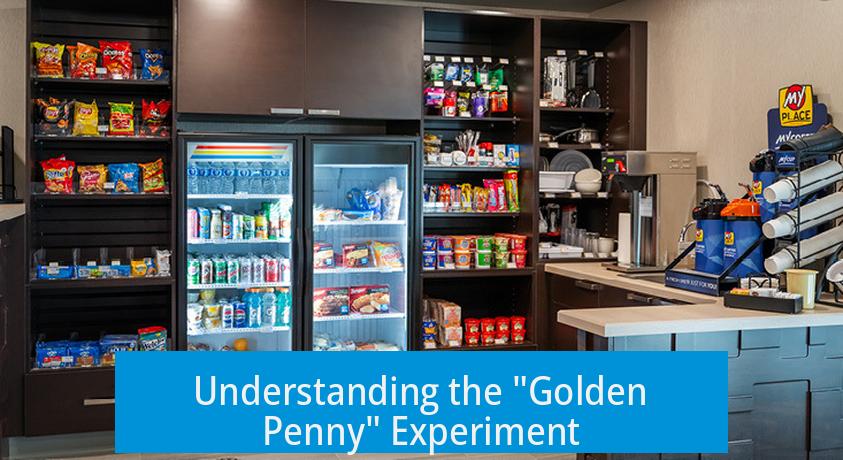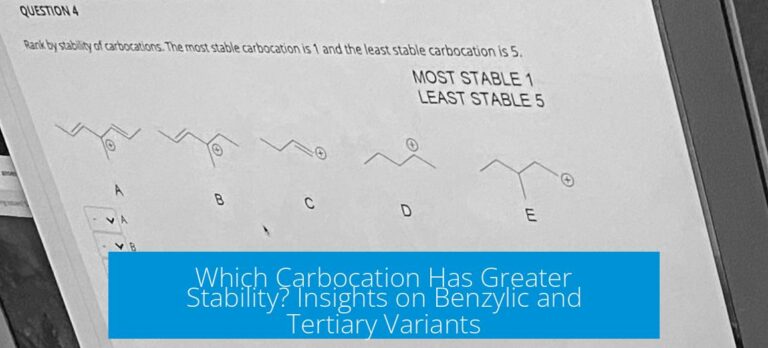Understanding the “Golden Penny” Experiment

The “golden penny” experiment involves transforming the appearance of a copper penny by plating it with a thin layer of zinc, which gives it a golden color. This visually striking change is widely used in chemistry education to demonstrate electrochemical reactions and metal displacement processes. The experiment captures enthusiasm from both students and instructors.
Chemistry Behind the Reaction
The key chemical process relies on the union of zinc and copper metals. Typically, pennies made of copper serve as the base. When placed in a zinc-containing solution—often a zinc chloride or zinc sulfate electrolyte—and subjected to electrochemical conditions, zinc deposits onto the penny’s surface.
The reaction is a type of electroplating, where electrons reduce zinc ions onto the copper coin. The resulting layer of zinc appears golden, altering the penny’s original copper color. Brass, an alloy of copper and zinc, has a similar golden hue, which explains the visual outcome.
Variations in Procedure
- The electrolyte solution sometimes varies, occasionally using stronger alkaline substances, such as lye (sodium hydroxide) or more potent alternatives, to optimize zinc deposition.
- Modifications may affect plating speed, color uniformity, and adhesion.
These variations allow educators to adjust the experiment based on available materials or educational goals.
Integrating the Experiment into Education
Teachers often incorporate this experiment during electrochemistry chapters to illustrate metal displacement and plating techniques. Students might be encouraged to bring various metallic items, such as coins or small metal objects, for copper plating or zinc plating.
This hands-on activity fosters engagement and real-world application of electrochemical principles. For example, plating an Eisenhower dollar—a larger coin—demonstrates the versatility of the method.
Practical Tips for Success
- Handle the coins carefully during the experiment; excessive gripping may interfere with electrical contact and plating quality.
- Once plated, the golden appearance can fade with frequent handling or spending but tends to re-establish with proper care.
These tips help maintain the experiment’s visual impact and longevity for demonstration purposes.
Social and Educational Impact
The “golden penny” experiment enjoys popularity not only in classrooms but also across online educational communities. Sharing results and variations via platforms like Reddit’s /r/middleschoolchemistry fosters collaborative learning and enthusiasm.
Images of copper- or zinc-plated coins visually reinforce the experiment’s effect and enhance shared understanding among learners.
Key Takeaways
- The experiment electroplates pennies with zinc, changing their color to golden.
- Zinc deposition onto copper coins demonstrates practical electrochemistry concepts.
- Variations in electrolyte and procedure can adjust results.
- Handling technique influences plating success.
- Popular in educational settings for boosting student engagement.
What is the main chemical process behind the “golden penny” experiment?
The experiment involves copper plating a coin, typically a zinc-based penny (brass). Zinc reacts as the base metal, while copper ions deposit on the surface, creating a golden appearance. The exact reaction can vary depending on the solutions used.
How can the “golden penny” experiment be adapted for classroom use?
Teachers encourage students to bring metallic objects like coins to plate. This hands-on approach helps illustrate electrochemistry principles, allowing students to see copper plating firsthand during the relevant chapter.
Are there any tips for handling the coin during or after the plating?
Gripping the coin too tightly during plating can prevent the reaction from working properly. After plating, regular handling or spending helps maintain the copper layer’s brightness and may restore its appearance if it wears off.
Has the experiment been modified in any way from the original method?
Some have replaced standard lye with stronger substances to speed or enhance the reaction, though details vary. Such modifications aim to improve plating quality or reduce experiment time.
Why is the “golden penny” experiment popular in educational communities?
It is simple, visually impressive, and promotes discussion among students and online groups like /r/middleschoolchemistry. Its social aspect makes it a memorable and shareable science activity.





Leave a Comment